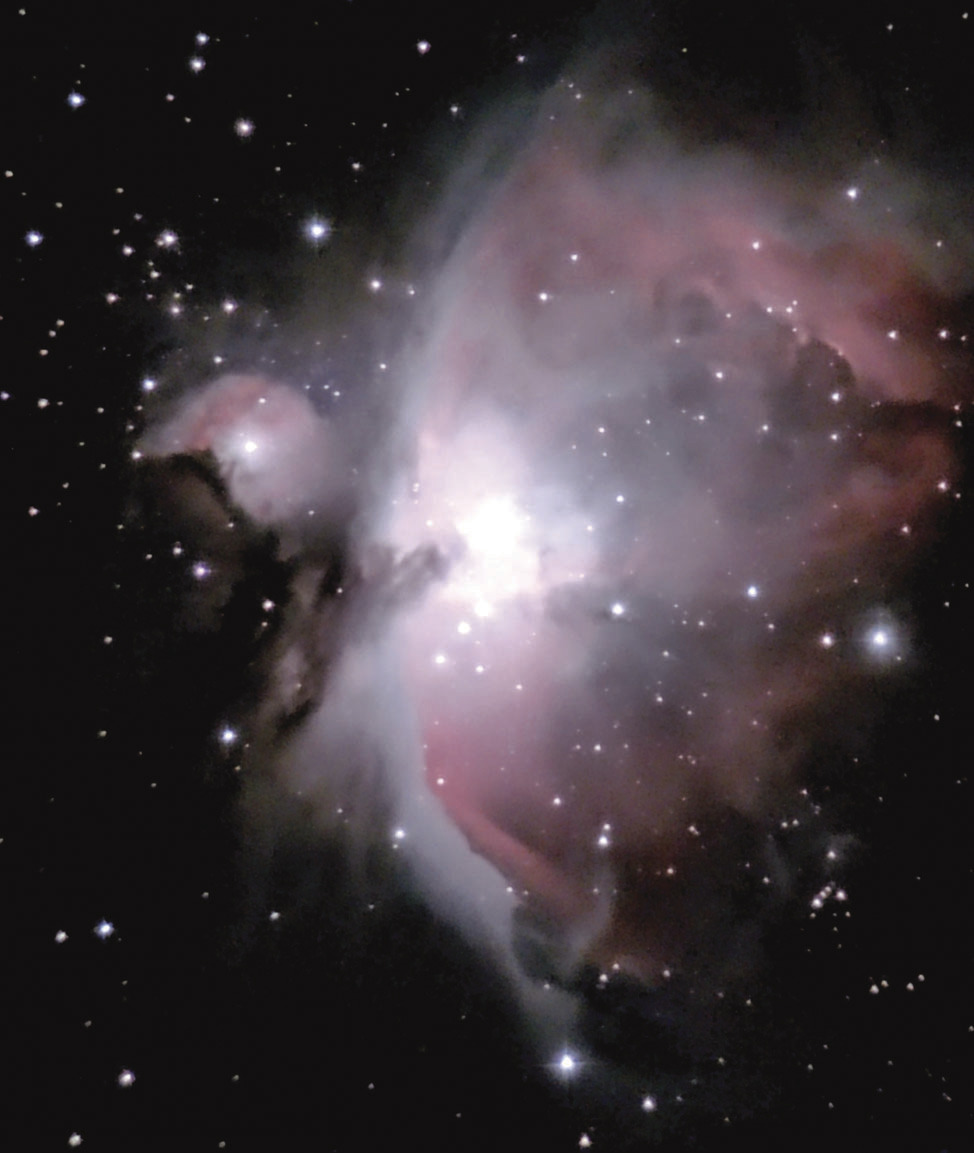NIGHT SKIES
Hello to all who love the night sky and want to know more.
I would like to recommend anyone who has even just a passing interest in astronomy to subscribe to Sky & Telescope magazine, print & digital editions. I’ve been a subscriber since about 1965 (junior high school) and mostly continuously ever since.
Another similar publication, Astronomy magazine, is aimed at a more general audience. Both are excellent.
We live in an information age and lots of information is available online. I find, however, that nothing takes the place of a printed monthly magazine that I can hold in my hand and not worry about needing Wi-Fi to read it. Also, the photos are just beautiful and inspiring.
Sky & Telescope (skyandtelescope. org) was founded in 1941 in Cambridge, Mass. It’s been the publication of record for amateur and professional astronomers ever since. A subscription would be a great stocking stuffer for your budding boy or girl astronomer.
Whether or not you subscribe, you should sign up for their weekly newsletter, which is a free service: (skyandtelescope. org/newsletters).
Last month I encouraged you to get out and view the annual Leonid meteor shower. As Mother Nature is an unforgiving mistress, she clouded up and prevented our plans.
However, we have an excellent chance for a better, more reliable meteor shower the night of December 13 (p.m.)-Dec. 14 (a.m.). The moon is nearly new and won’t interfere.
This is the Geminid shower and is the strongest show of the year. From a dark sky, you can expect 100 meteors per hour, almost two every minute (local light pollution can reduce that number by half or two thirds).
The radiant, where it seems that most meteors originate, is high in the sky in Gemini. Look for the two bright stars Castor and Pollux. They’re easily visible from anywhere in Boerne.
With this shower you can start viewing at 9 p.m. However, the best viewing is after 2 a.m., in the pre-dawn sky.
I know this is a school night but, if it’s not cloudy, you should really check this out. Bundle up, get your favorite lawn chair or chaise, and that’s all you need. You don’t need binoculars or a telescope. This is truly a gift of nature.
December officially starts the winter night sky above. One of the most impressive annual winter sights is the rising of Orion in the East Southeast. Truly one of the most impressive constellations in the night sky. Take a moment to appreciate Orion.
Betelgeuse, the bright orange star at the upper left of the constellation, is the brightest orange star in the sky. It’s a variable star and is nearing the end of its natural lifespan.
Within 100,000 years -- just a blink of an eye on the cosmological time scale -- it will become a supernova visible from Earth.
At the bottom right is the very bright star Rigel. Betelgeuse and Orion seem about the same magnitude, but Rigel is nearly twice as far away. If the two were the same distance from Earth, Rigel would appear four times brighter than Betelgeuse.
The most famous object in Orion is M42, the great nebula. This is a huge volume of gas and dust contracting by gravity to make new stars. It’s estimated to be 24 light years across at its widest point.
By comparison, the nearest star to the Earth is 4.2 light years distant. I took the accompanying photo of M42 on April 6, 2022.
Things to get out and see: I’ve already talked about the Geminid meteor shower on Dec 13/14. The new moon (no moon visible in the night) is Dec 12, 13, & 14.
The longest night of the year is December 21. This is the Winter Solstice, and the night Winter officially begins in the northern hemisphere; also, the night Summer begins in the southern hemisphere This year the full moon in December encompasses the nights of Christmas Eve, Christmas, and extends to December 28. That’s five days of full moon, for all practical purposes.

The most famous object in Orion is M42, the great nebula, seen in this photo taken April 6, 2022. Jack Estes photo








Comment
Comments